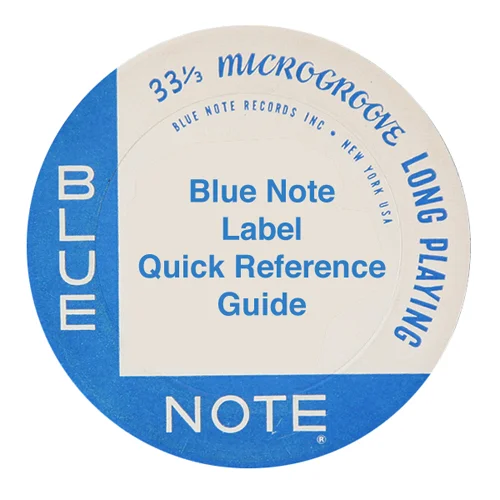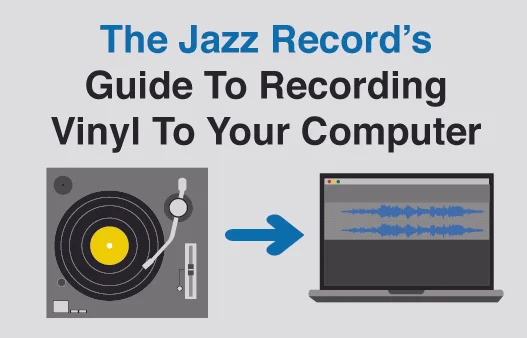A Spiritual Journey: Pharoah Sanders - "Summun Bukmun Umyun (Deaf Dumb Blind)"
/Pharoah Sanders • Summun Bukmun Umyun (Deaf Dumb Blind) • 1970 • Impulse! AS-9199
Recorded July 1st, 1970 at A&R Recording Studio, NYC
The Selection:
The Players:
Pharoah Sanders - Soprano Sax, Cow Horn, Bells, Tritone Whistle, Cowbells, Wood Flute, Thumb Piano, Percussion
Gary Bartz - Alto Sax, Bells, Cowbells, Shakers, Percussion
Woody Shaw - Trumpet, Yodeling, Maracas, Percussion
Lonnie Liston Smith - Piano, Cowbells, Thumb Piano, Percussion
Cecil McBee - Bass
Clifford Jarvis - Drums
Nathaniel Bettis - Balafon, Yodeling, African Percussion
Anthony Wiles - Congas, African Percussion
The Tracks:
A1. Summun Bukmun Umyun
A2. Let Us Go Into The House Of The Lord
The Dig:
The musical stylings of Pharoah Sanders is certainly not for everyone, and I can fall into that camp when it comes to some of his recordings, particularly the ones that involve an overabundance of the squawking and squealing of his saxophone, but he did have a run of highly spiritual albums on Impulse! running from 1969's Jewels of Thought through 1971's Black Unity that - for the most part - focused more on rhythmic explorations than free jazz ones. I had read about Summun Bukmun Umyun from 1971 in a few different places, and a couple of trusted folks had spoken highly of it, so it was on my radar when I came across it in the "new arrivals" bin. For only $20 I knew I'd be leaving with it, which I'm glad I did, as it is a wonderful expression of sounds and ideas from Sanders when he was at the peak of his powers.
The Record:
In 1969 Sanders released Karma, a highly accesible album that brought him widespread praise and commercial success. This was in no small part helped along by the presence of vocalist Leon Thomas, who certainly helped the recording find an audience with the hippie culture of the late 1960's who were accustomed to lyrical content in their music. Summun Bukmun Umyun (Deaf Dumb Blind) was not nearly as accessible to non-jazz fans - even many jazz fans must have been puzzled by it - and as such it is not nearly as well known. Just check out the difference in the number of reviews on Amazon, only 8 for Summun Bukmun Umyun versus 38 for Karma. This must be partly due to the fact that the long title track is essentially an exploration of what rhythm can bring to a jazz track, especially in the context of the spirituality that Sanders was seeking through his music at this time.
The two other brass players present at the session, Woody Shaw and Gary Bartz, are both personal favorites of mine - especially their early 1970's output, which was also very spiritual in nature. Their playing is rather subdues on most of this record, especially compared with what we would come to expect from them, but they are still an important part of the proceedings. The rhythm section is also particularly strong, with the great Lonnie Liston Smith joined by Cecil McBee and Clifford Jarvis, all of whom are up to the task of this open-ended music,
The album only has two tracks, both of which take up an entire side (clocking in at over 21 minutes and 18 minutes, respectively), but neither drag on or become tedious as could have easily been the case. The title track is, to borrow a phrase, an orgy of rhythm with layer upon layer of all sorts of percussion permeating the tune. Six of the eight players find themselves simultaneously playing all manner of percussion (cowbells, shakers, maracas, and so on) and as the recording begins to open up Lonnie Liston Smith comes in to add some gorgeous melody lines on the piano. Smith had been Sanders' cohort on his previous few records, and there is little doubt that their influence on each other helped shape those LPs. Smith's playing on Summun Bukmun Umyun is nothing short of amazing, as he helps both tracks rise above simply coming off as noisy percussion experiments and adds the spiritual presence we can only assume Sanders was seeking. As Smith's piano vamps continue, the horns come up slowly in the mix and soon begin a beautifully improvised dance with each other. Nothing too avant-garde or free here, just some great late 1960's post-bop jazz playing.
"Let Us Go Into The House Of The Lord" is the mellower of the two tunes, with some very light percussion (mostly bells, maracas and shakers) pushed to the front of the mix while the keys and horns are buried deeper adding to the mystical feel of the composition. Notable is McBee's bass solo where he bows his bass nearly unaccompanied by the other players. It is spacey, heavenly and beautiful. Maybe, this is why I like this record more than similar ones from this time - this is not an in-your-face record, the improvisational playing is generally subdued and gentle.
As Jameelah Ali says in the liner notes:
"Summun, Bukmun, Umyun, which means deaf, dumb and blind, was taken from the Surah Bakara from The Holy Quran. (A surah is similar to a chapter, as compared to the Bible.) Deaf, dumb and blind as used here does not refer to the physical state, but, instead, to the spiritually handicapped. In other words, Listen but do not hear, Around but not aware, Look but do not see."
There is little doubt in my mind that all involved in the making of Summun Bukmun Umyun took these words to heart, and - this being the late 1960's - truly felt they were on a quest to pass on their spiritual views to the lost souls of the world. Whatever your personal beliefs may be, the music contained within is not just a wonderful example of communicating a message through music, but very simply a great jazz recording to be enjoyed without any pretense or preconception.
The Vinyl:
Summun Bukmun Umyun is designated as part of Impulse! Record's "University Series Of Fine Recordings," and whatever that was supposed to convey I couldn't find much information about it other than this list on Discogs with four other records that were released under the same moniker. An attempt to make jazz appear more "scholarly" in a time when the music form was in a state of commercial decline would be my best guess.
This copy is an original pressing on the "orange circle" label with "AS 9199 A" and "AS 9199 B" hand-etched in the vinyl trail-off on the respective sides. It has "A Product of ABC Records, Inc. New York, N.Y. 10019 • Made in USA" along the bottom of the label.
The sound is surprisingly loud and bright (albeit with a bit of surface noise) for a pressing from 1970, or maybe not so surprisingly since we are still a few years removed from the music industries quest from profits over vinyl quality. Overall, this is a great record from a time when many jazz musicians were searching for a new voice and direction to take the music. In the end, fusion and electric-jazz would take the day (for a decade at least), but for a short period of time this type of spiritual jazz would find an audience and eventually an important place in the late history of jazz's classic age.












